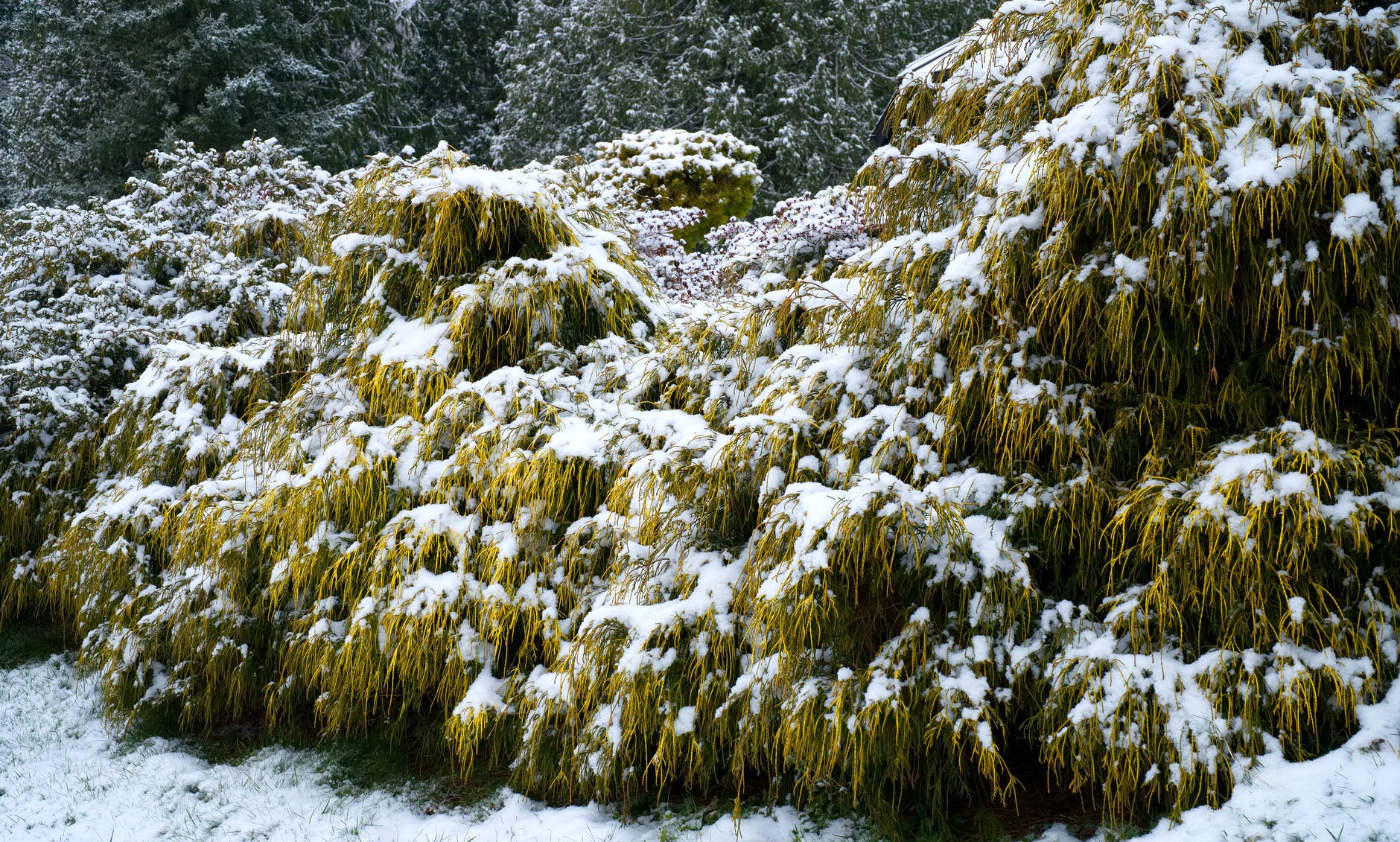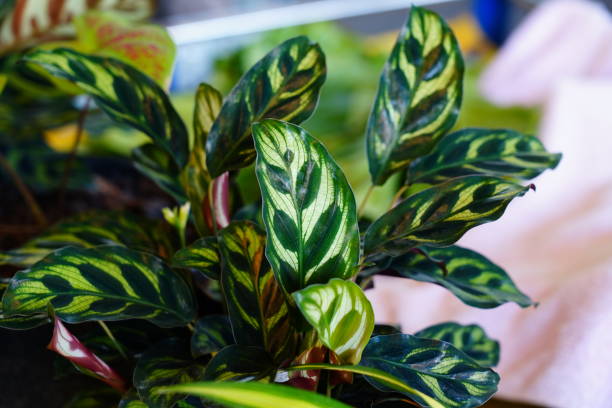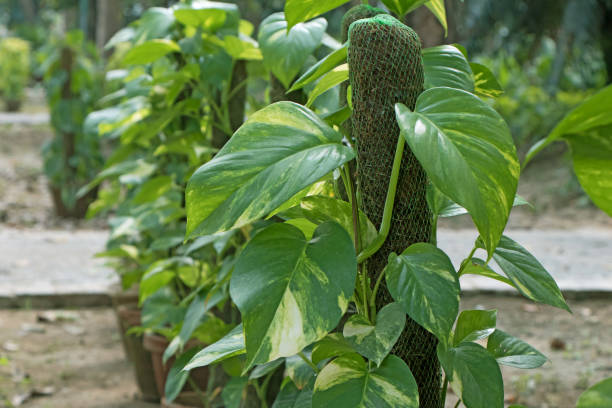Effective Ways To Protect Your Garden From Frost

Winters are approaching fast, and it calls for the need to protect the plants from cold. If you want to learn how to protect the plants from frost you are in the right place.
For many of us, spring and winter present the greatest gardening challenges. Freezing death, frost damage, frost cracks, and root damage are major negative effects of the dropping temperature.
During early spring, the threat of frost is major, and it becomes vital to monitor the weather conditions via tv, or radio. This way, you can prepare in advance and cover your plants from frost.
In this article, we will explain in detail what frost is and how to protect your plants from frost. We have suggested some easy and effective methods that work for all garden plants, agriculture farms, potted plants, food crops, and fruit trees alike.
What is frost?
Frost usually occurs on calm and clear nights with no clouds and no winds. The cold air from above settles down on the ground while the hot air rises up from the ground. On such nights frost occurs even when the temperature is not below the freezing point. When the temperature starts dropping below 32 degrees F, frost starts transforming into ice crystals. This process disrupts the fluid movement within plants and deprives them of water, leading them to dry out.
This is the reason why leaves get damaged and turn brown or black due to frost. If the plants are unprotected for a longer period of time, they will die due to frost.
How to Protect Your Plants from Frost?
Frost can be dangerous for the crops and garden plants, but with a few supplies and vigilance, you can make a huge difference to cover and protect the plants from frost and make them stand the cold.
Bring Potted Plants Inside
If the weather forecast has declared chances of frost, then bring your potted plant indoors after dusk. Plants potted in containers are more prone to get hit by frost due to a lack of insulation from the earth.
In colder temperatures, potted plants are more susceptible to root damage. To keep your plants pick a place that is not too warm- as any sudden changes in the temperature can also shock the plants like shed, basement, or garage.
Before bringing the plants inside, inspect them thoroughly for insects, pests, and diseases. Keep your outdoor plants isolated from indoor plants to prevent any potential spread of pests.
You can put your plants back outdoors in the morning sunlight after the risk of frost has passed away.
Water Plants in the Afternoon
It seems a little counterintuitive, but keeping the soil moist will provide frost protection for plants. Moist soil has an insulation effect and radiates the hat in an upwards direction after nightfall.
When you water the plants before a cold night, make sure to do it in the late afternoon when it is still quite warm.
Add a Thick Layer of Mulch
Just like when we add a sweater when it gets chilly, adding an extra layer of mulch will help to protect plants from the frost. Mulch acts as a frost cover for the plants; when added to the garden beds, it protects sudden temperature changes in the soil.
Use wood chips, straw, leaf mold, or just a heap of leaves to maintain insulation for the root system of plants under the ground. To create a good barrier, you need to mulch heavily in depths of 3 to 6 inches.
Leave an inch opening around the middle stalk to allow the warmth to pass upwards from the soil. Mulching the garden beds is one of the best and low maintenance things to keep the plants warm.
Cover Up Individual Plants with a Cloche
Cloche is a bell-shaped cover made of glass or plastic and helps to keep the small plants cozy and warm in cold weather. You can buy various garden Cloche and reuse them again during the spring and fall season.
If you are running short on budget, there are various things you can find around the home to use as a Cloche. An upside-down flower pot or bucket does the trick; you can even cut off the bottom of plastic milk jugs and then nestle them into the soil.
When you use Cloche as a frost cover for the plants, you just need to place them over the plants before night and then uncover again in the morning to soak the energy and warmth from the sun.
Give them a Blanket
To protect or cover the larger group of plants from frost, all you need to do is simply cover them with towels, blankets, bedsheets or drop cloths. Before laying the fabric, you have to place various stakes around the plants to cover them and create a tent-like structure.
You can drape the material all the way down to the soil line. Do not clinch the material around the stem or trunk of the plant as it will stop the heat from the earth to move upwards.
To provide extra frost protection for plants, you can also add an extra layer of plastic-like an old shower curtain or a tarp will work great. You need to be careful that no plastic part should contact the foliage as it can damage the plants.
Weight down the edges or corners of the wrap with bricks or stones to prevent it from blowing away at night. You have to remove these coverings after sunrise the very next day.
Wrap Your Trees
Young trees that are 1 to 4 years olds are more prone to frost injuries and may die outright in the frost. Similarly, flowers and small buds of fruit trees can experience stunted growth and reduction in harvest during the entire growing season when exposed to frost during spring.
Citrus is the most tender and needs extreme frost protection for the plants when temperatures dip to 29 degrees F. To protect these plants from frost, you can use blankets, towels, rags, cardboard, or pipe insulation to wrap the trunks.
You can also use felted tree protecting wraps or burlap. Start from the base of the trunk and then start to wrap around, overlapping the layers by a couple of inches. Keep wrapping till you reach the lowest branches of the tree.
Use weatherproof tape or twine to secure the wrap around the tree. In case the temperature falls under 26 degrees F for longer periods, add a plastic sheeting layer over the wrap to provide added frost cover for the plants.
Keep the Air Moving
When the frost hits larger areas of land in commercial agricultural farms, farmers use various types of tactics to simulate wind. One great device is a selective inverted sink and a large chimney fan to pull the cold air up and away and blow the warm air to the ground.
Another great method is to fly a low-flying helicopter over the crops and keep the air flowing. However, these solutions are not practical for a home garden, but the idea of air movement works the same.
On no rain nights, you can use electric fans to create an artificial breeze and keep your plants warm. As you know, water and electronics do not mix; invest in powerful flowers made specifically for outdoor use.
You can place the fans in a sheltered spot and ensure that warm air is drawn down. The higher above the ground you set the fan, the better it will be. Just ensure that you set it in a way that the breeze hits every single plant.
What factors reduce the chances of frost damage to plants?
- Cloud coverage: when the sky is more cloudy, the heat is reflected back to the surface, and the plants are able to withstand the chances of frost damage.
- Wind: if there is more wind to mix with rising warm air and falling cold air, the plants will be less susceptible to the cold damage at night.
- Humidity: The humidity level increases the dew point and slows down the speed of temperature change. This, in turn, decreases the chances of frost formation on the plants.
- Soil properties: sun helps to warm the soil during day time, and this heat travels upwards when the atmosphere is cool at night. If the soil is loose, seep, heavy and fertile, it will release more moisture back into the air. In contrast, a sandy. Thin and poor nutrient soil will not release much moisture.
- The proximity of structures and other plants: having any nearby structures or plants to provide shelter from cold winds and radiating heat back to the plants will minimize the effects of frost on the plants.
- Age of the plant: Young plants that are in the flowering or growing stage are more prone to getting hit by cold temperatures.
Final Words:
Protecting the plants in your garden during colder weather can be devastating. Unexpected freeze, overnight frosts can damage and even kill your plants. However, with the help of some equipment and by being a little attentive, you can protect your plants from frost. The above-mentioned tips work equally well in house gardens and commercial farms. If you about more tricks to make your plants frost-proof, tell us in the comments below!






